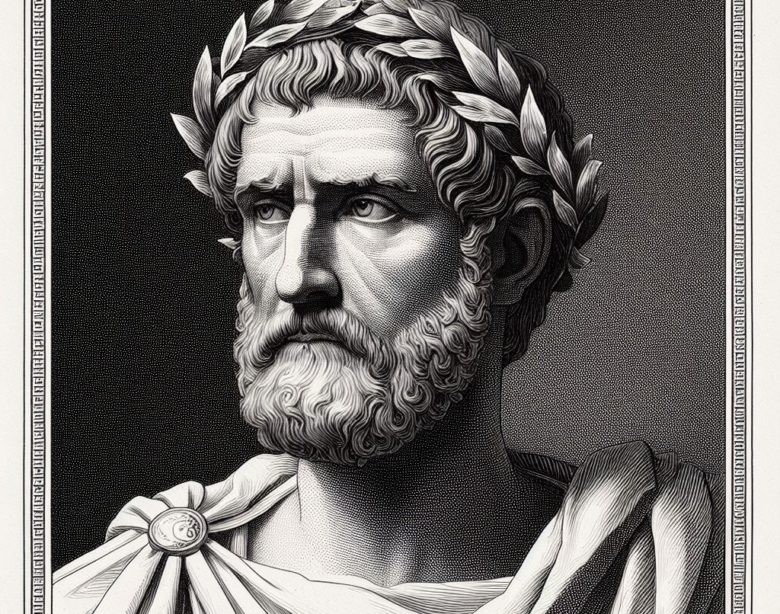Step into the fascinating world of ancient cryptography with us today! In this blog post, we’ll embark on a journey through history to explore the renowned Caesar Cipher, its origins linked to the famous Roman emperor Julius Caesar, and uncover the ingenious simplicity of its encoding and decoding methods.
The Caesar Cipher and Its Historical Context:
The Caesar Cipher is one of the oldest and simplest forms of encryption, named after Julius Caesar, who purportedly used it to safeguard his confidential messages during military campaigns. In essence, it’s a substitution cipher where each letter in the plaintext is shifted a certain number of places down the alphabet.
Encoding with the Caesar Cipher:
Let’s break down how this cipher works using an example: Consider a plaintext message: “HELLO WORLD.”
- Choose a Shift: The key in the Caesar Cipher is the “shift,” determining how many positions each letter will move in the alphabet. For instance, we’ll use a shift of 3 in this example.
- Substitution Process: Shift each letter in the plaintext by three positions.
- H + 3 = K
- E + 3 = H
- L + 3 = O
- L + 3 = O
- O + 3 = R
- W + 3 = Z
- O + 3 = R
- R + 3 = U
- L + 3 = O
- D + 3 = G
Therefore, “HELLO WORLD” becomes “KHOOR ZRUOG.”
Decoding the Caesar Cipher:
Decoding is the reverse process of encoding. Using the same shift value of 3, let’s decipher “KHOOR ZRUOG” back into “HELLO WORLD.”
- Reversing the Shift: Shift each letter in the ciphertext three positions backward in the alphabet.
- K – 3 = H
- H – 3 = E
- O – 3 = L
- O – 3 = L
- R – 3 = O
- Z – 3 = W
- R – 3 = O
- U – 3 = R
- O – 3 = L
- G – 3 = D
Hence, “KHOOR ZRUOG” is decoded back into “HELLO WORLD.”
Caesar Cipher in Practice:
The simplicity of the Caesar Cipher made it vulnerable to cryptanalysis. As there are only 25 possible keys (since a shift of 0 is equivalent to the original alphabet), it’s easily cracked through brute-force attacks or frequency analysis of letters.
Despite its vulnerability, the Caesar Cipher serves as a foundational example in cryptography, inspiring more complex encryption methods and sparking interest in the art of codebreaking.
Conclusion:
The Caesar Cipher, rooted in ancient history, remains a captivating testament to the early art of encryption. Its influence extends beyond its straightforwardness, highlighting the ongoing evolution of cryptographic techniques and the eternal pursuit of securing information in our ever-changing digital world.
